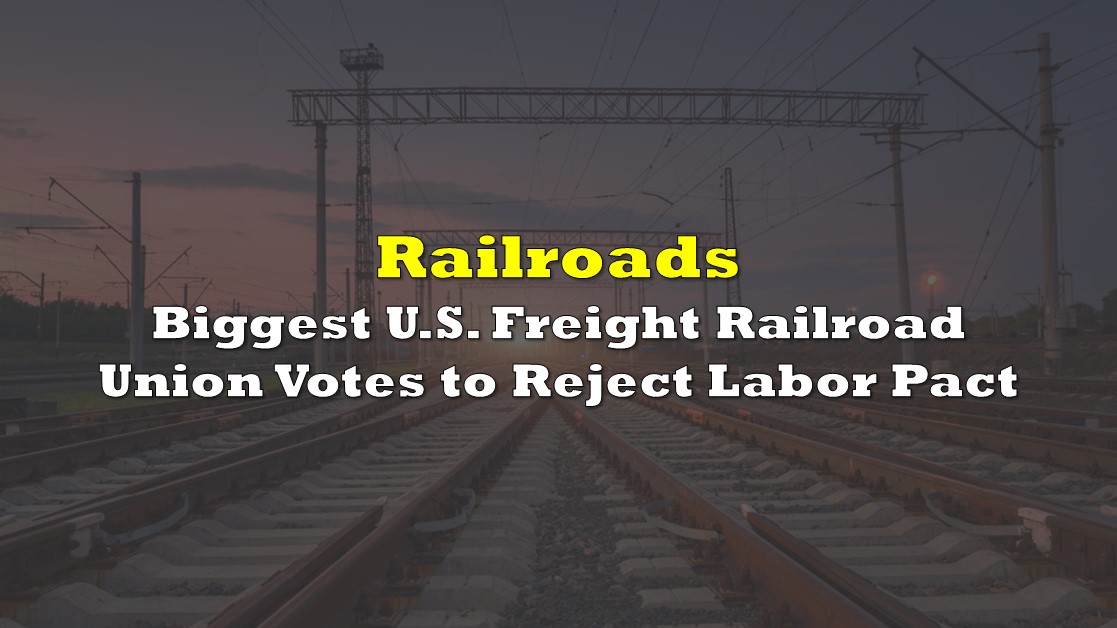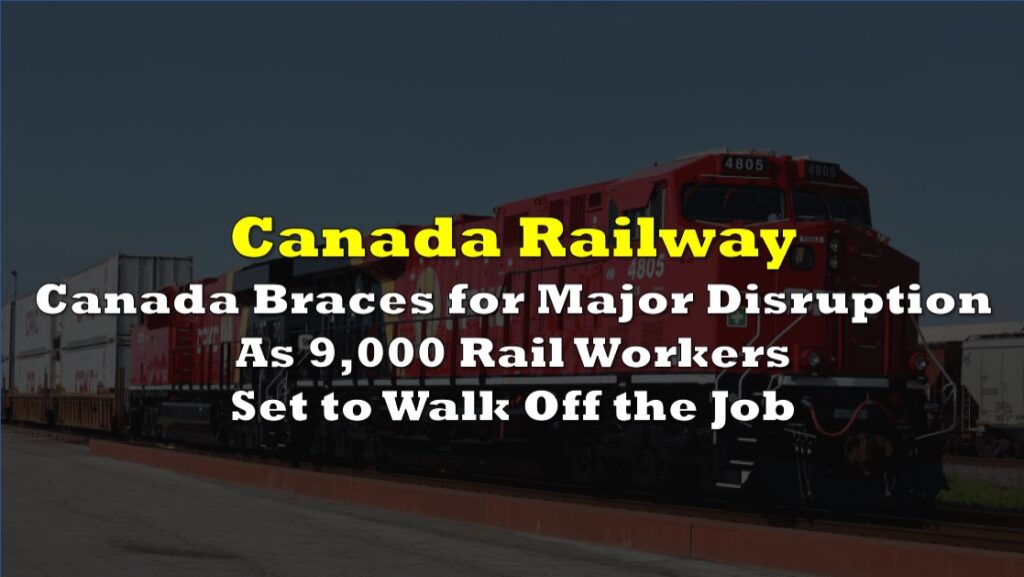The chances of a U.S. freight rail strike increased at least somewhat on Monday when the transportation division of the Sheet Metal, Air, Rail, Transportation union (SMART-TD), the country’s largest rail union which represents about 28,000 conductors, announced that its members rejected, by a narrow margin, a tentative labor deal with the nation’s freight railroads. However, the details of the vote could suggest a deal could be reached with further negotiations.
More constructively, the second largest rail union (24,000 members), the Brotherhood of Locomotive Engineers and Trainmen (BLET), ratified the agreement on the same day by a 53.5% margin. Nevertheless, it is expected that if any rail union decided to strike, the others would honor the picket line.
The headline terms of the tentative labor agreement seem reasonable to an outside observer. The rank and file would receive a 24% wage increase over the five-year period 2020-2024 (the deal includes retroactive pay). By the end of the proposed pact, the average pay of a rail worker would be about US$110,000; factoring in benefits like pensions and healthcare, the total value could be closer to US$160,000.
However, union leaders had pushed for 15 days of annual paid sick leave; the tentative agreement includes only one day of such leave. The rail workers say the inability to take time off when sick weighs on their physical and mental health. Such strict employment conditions have resulted in high attrition levels at the rail carriers.
The ground rules and specifics of the SMART-TD vote are quite unusual: a 50+% overall vote from all ~28,000 members does not assure approval; instead, each of the five classes of workers within the union must vote affirmatively for the deal to pass. In this case, about 51% of train and engine service members voted no. On the other hand, about 62.5% of the 1,300 members in yardmasters classes cast positive ballots. No overall vote figure for SMART-TD was released.
SMART-TD’s President Jeremy Ferguson did offer some hope that a settlement could still be reached. “The ball is now in the railroads’ court. Let’s see what they do. They can settle this at the bargaining table.”
With SMART-TD’s action, four of the 12 rail unions have voted against the pact. These four unions comprise just over half of the unionized labor force of the railroad unions. It appears these unions either already have resumed or plan to restart negotiations with the railroads in hopes of avoiding a strike that could commence just after midnight on December 8.
The economic impact of a work stoppage would be enormous. The Association of American Railroads estimates that a national freight rail shutdown would hurt the U.S. economy by at least US$2 billion per day. The last national rail strike occurred 30 years ago.
Rail workers are covered under a different labor law than most U.S. workers. By law, the U.S. Congress could vote to block or delay a strike. That body could, among other things, vote to enact the tentative labor agreement or appoint arbitrators to craft another wage deal. It is not clear what the current “lame duck” Congress, or the more Republican one that will be seated on January 1, 2023, would do.
Information for this briefing was found via Bloomberg and the sources mentioned. The author has no securities or affiliations related to this organization. Not a recommendation to buy or sell. Always do additional research and consult a professional before purchasing a security. The author holds no licenses.









